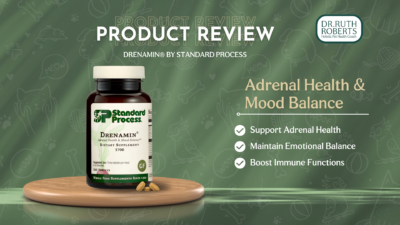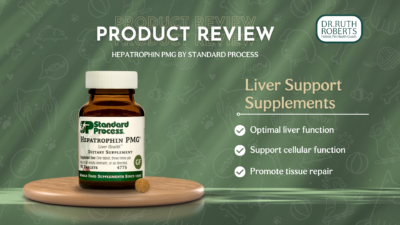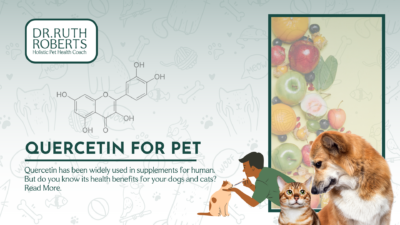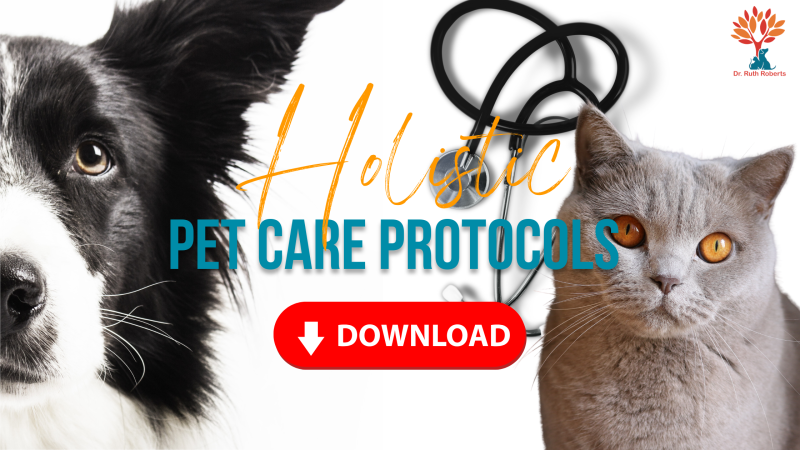
Photo credit: Lindsey Turner
If your pet has been recently diagnosed with kidney failure, or Chronic Kidney Disease, your head may be spinning with information overload.
We understand. There’s so much to take in both information-wise and emotionally. Confused about what all of those kidney lab results mean?
In this post, we demystify your pet’s kidney lab results by breaking them down piece by piece.
So What Do Those Abbreviations Mean?
When your veterinarian took a blood sample, the tests most likely included were BUN, Creat, Phos, and K+. We include a table of normal value numbers for our lab below, but it’s important to note that different labs or equipment may have slightly different ranges.
So what do all of those abbreviations mean anyway?
BUN—Blood urea nitrogen helps assess kidney function, as well as hydration. During starvation or poor liver function, BUN may be low, as protein is not adequately available or is not being processed properly by the liver. Sometimes that protein is being lost somewhere. With kidney failure, this value fluctuates more than creatinine, as the animal’s hydration fluctuates.
Creat—Creatinine is a waste product of muscle creatine, and is generally a direct measure of how well the kidneys do their job. When the kidneys are functioning properly, they are able to clear creatinine well and keep blood levels under control. BUN and creatinine generally do not start to go up until at least 75% of the kidney has been insulted or damaged.
Phos—Phosphorous is a mineral necessary for normal bodily function, but as the kidneys become less able to do their job, they aren’t able to filter out phosphorus. As phosphorus climbs, many of the symptoms associated with severe kidney disease appear such as nausea, vomiting, diarrhea, and lack of appetite. These symptoms increase with phosphorous level. There may be other compounds we can’t measure that increase along with phosphorous, and they likely are responsible for creating much of the lethargy or depression that goes with advanced disease.
K+—Potassium can stay normal, go too low, or too high with renal disease, and generally is not out of normal range until much later in the process. The blood level may not be the same as what is in the cell, so for some animals, supplementing with potassium often makes them feel better early in the disease progression.
PCV or HCT—Packed cell volume and hematocrit are measures of the numbers of red cells your pet has. As kidney failure progresses, the kidneys produce less erythropoeitin than normal. Erythropoeitin stimulates the bone marrow to produce red blood cells. If there are not enough, pets can become anemic. Anemia leads to feeling weak and lethargic, as well as depriving the tissues of oxygen.
Commonly Used Normal Values For Dogs And Cats:
| Blood value | Normal For Dogs | Normal For Cats |
| BUN | 7 – 25 | 10 – 30 |
| Creat | 0.3 – 1.4 | 0.3 – 2.1 |
| Phos | 2.9 – 6.6 | 3.4 – 8.5 |
| K+ | 3.7 – 5.8 | 3.7 – 5.8 |
| HCT or PCV | 35 to 50 % | 35 to 55% |
Why Is Following the Numbers Important?
The International Renal Interest Group (IRIS) developed a classification system designed to guide veterinarians in their diagnosis and treatment of each pet. The first part of the classification looks at creatinine values, and then places the pet in a stage based on the value. Stage 1 is generally without symptoms, and may actually have values in the normal range for some machines and laboratories. The stages progress up to stage 4, which is considered to mean end stage disease. As the pet progresses through the stages of kidney disease, symptoms increase, and the need for support increases.
IRIS Staging Guidelines:
| Stage | Dog creatinine | Cat creatinine | |
| 1 | <1.4 | <1.6 | Nonazotemic. Some other renal abnormalitypresent (e.g., Low urine concentratingability, abnormal renal palpation or renal ultrasound, protein in urine). |
| 2 | 1.4 – 2.0 | 1.6 – 2.8 | Mild renal azotemia. Clinical signs usually absent. |
| 3 | 2.1 – 5.0 | 2.9 – 5.0 | Moderate renal azotemia. Many extrarenalclinical signs may be present. |
| 4 | > 5.0 | > 5.0 | Increasing risk of systemic clinical signs and Uremic Crises. |
Is Creatinine the Only Test Used to Stage Kidney Disease?
IRIS staging also involves 2 other tests to help differentiate severity of disease. UPC, or urine protein to creatinine ratio, helps determine how well the kidneys conserve protein in relationship to the creatinine excreted. As part of a urinalysis, your pet may have some protein noted in its urine. Because the test sticks can give false positives, it’s important to know wether the kidneys are losing too much protein or not. The UPC helps us know this for certain. A UPC of less than 0.2 for dogs and cats is considered normal.
Blood pressure regulation is another facet of the very important work kidneys do. Increased blood pressure puts pets at risk for nasty things like heart disease, retinal detachment, and more important, decreased blood flow to the kidneys, and worsening function. Normal blood pressure for dogs and cats are systolic <150, diastolic < 95.
Why Is a Urine Sample So Important?
A urine sample tells us several things: how well the kidneys are able to concentrate the urine, if there is infection present, crystals in the urine, and the urine pH. We can also tell if there is some evidence of protein in the urine, which can be further defined with UPC, as discussed above. Even if the urine looks normal, but is dilute, it is often recommended to do a test called a urine culture and sensitivity test, because occult, or hidden, urinary tract infections can be a cause of kidney failure or can worsen kidney function.
Many pets have occult urinary tract infections that go undetected for years. A urine culture and sensitivity test take a small amount of urine plated on a medium designed to grow bacteria and then identify, by species, which bacteria grow there. If bacteria do “grow out,” then tiny pellets of antibiotics are placed on the media to determine which antibiotics will kill the bacteria. If there is an underlying occult infection, clearing it will help prevent kidney function from worsening and may help improve function.
Why Is an Abdominal Ultrasound Necessary?
An abdominal ultrasound is a simple, relatively inexpensive way to look at internal organ structures in a more 3 dimensional way. While it does not have the high quality of an image of an MRI, it does not require anesthesia, and is much less expensive. An ultrasound is used to tell us if there are any cysts in the kidneys, kidney stones, infections, or cancer. An abdominal utlrasound is often “normal” for most pets, but because it can tell us when something out of the ordinary exists, it helps us set better expectations for your pet.
If your veterinarian does not have an ultrasound machine, abdominal x-rays may be recommended to make sure there isn’t evidence of large kidney stones or soft tissue masses in the abdomen. Kidney size and shape can also be roughly assessed.
Now That I Understand the Basics, What Do I Do?
We hope this has been helpful in understanding the basics of chronic kidney disease. The survival rates associated with the various IRIS stages can be very scary. For dogs in stage 3, the median survival time is 267 days. For cats, it is a bit better: 778 days (a little over 2 years), with a range of 22 to 2,100 days. We want to help you and your pets do better than that! With proper nutrition and a targeted supplement program, we know that your pet can thrive and stave off the onslaught of symptoms associated with this awful and, unfortunately, very common pet illness.
Bypass the devastating symptoms of dog and cat kidney failure with a veterinarian’s help.
Get instant access to this Step-by-Step Guide That Reveals How to Control Your Pet’s Kidney Disease.














